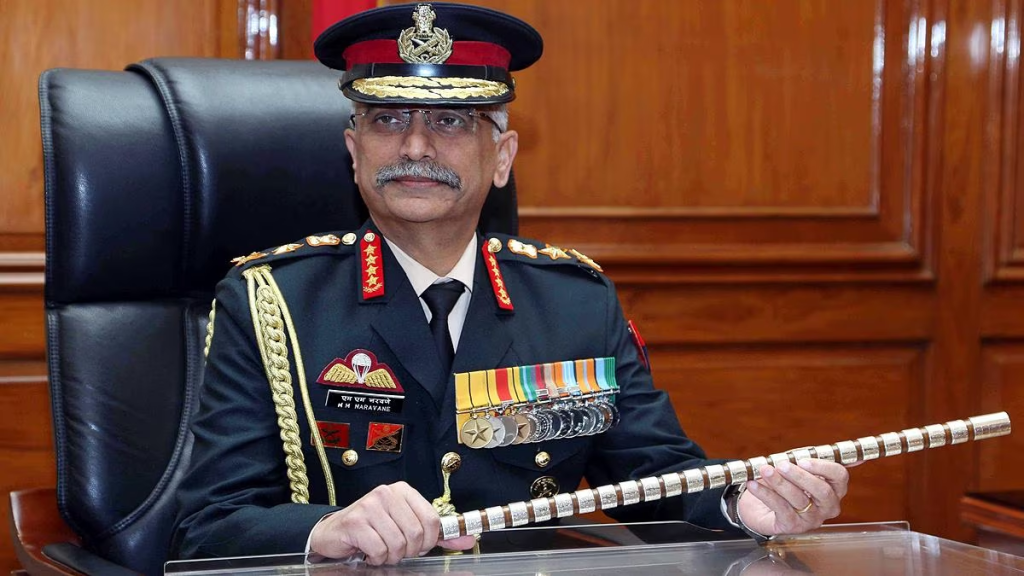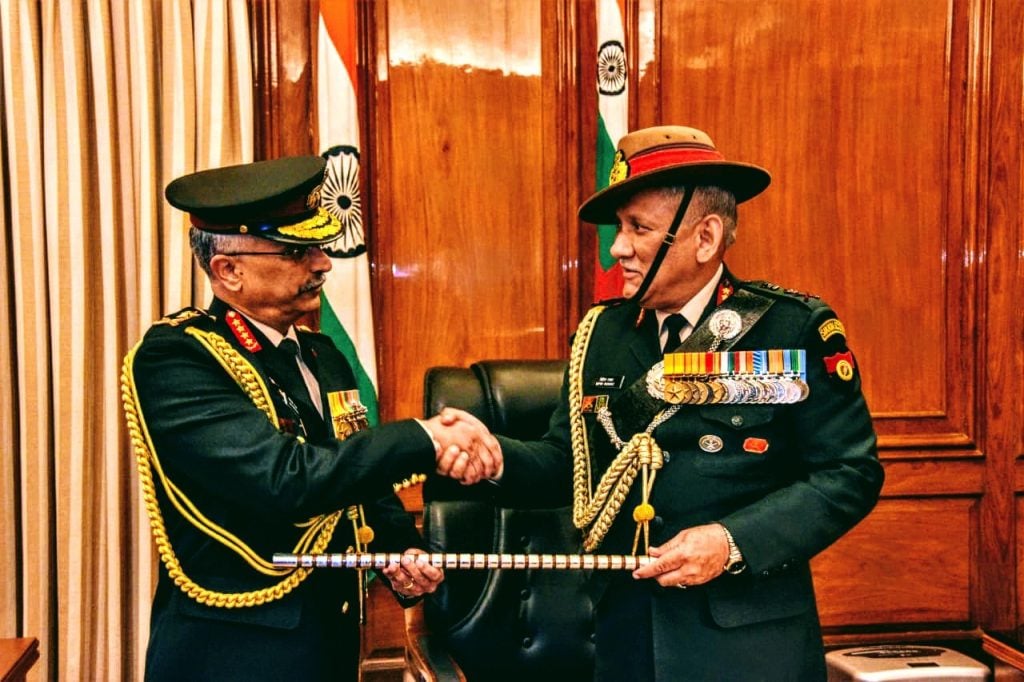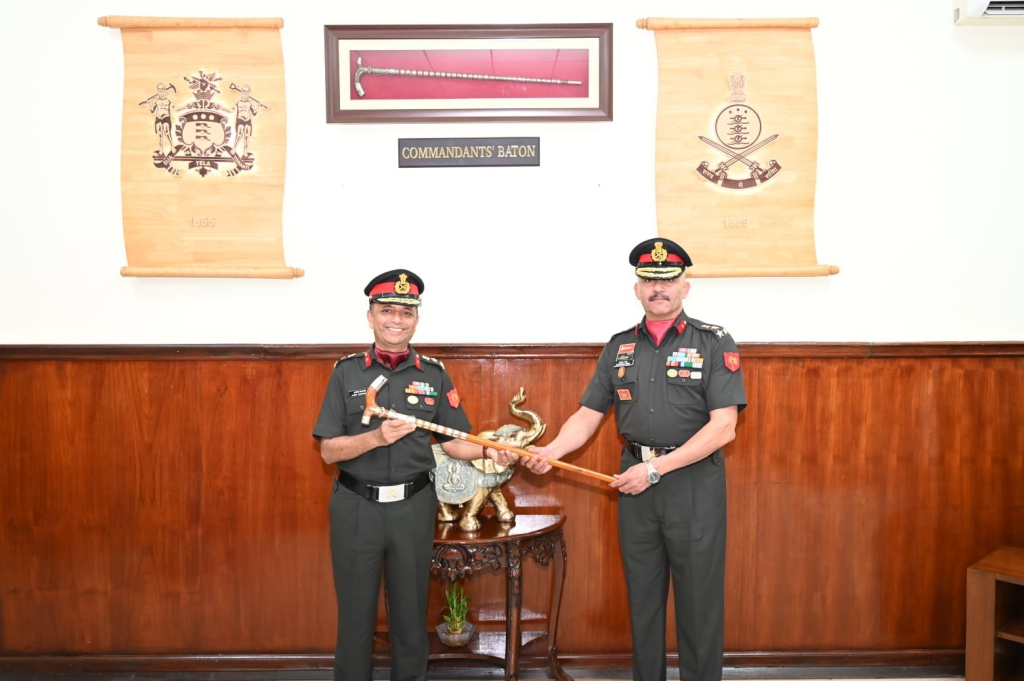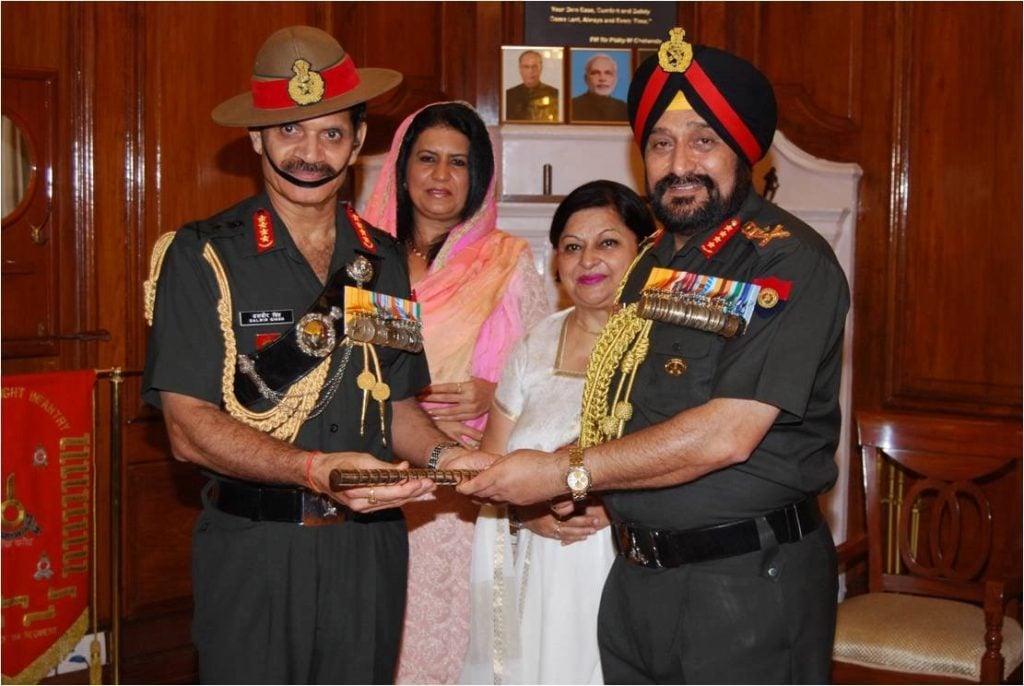The baton, an emblematic piece of regalia within the Indian Army, is much more than a mere accessory. It serves as a potent symbol of authority, tradition, and leadership, deeply embedded in the military culture. This article delves into the multifaceted significance of the baton, exploring its historical origins, symbolic meanings, and its role in fostering leadership within the ranks of the Indian Army.
The baton has a storied history that traces back to ancient civilizations, where it was utilized as a symbol of power and command. Initially, it appeared in various forms across different cultures, often representing the authority of leaders and military commanders.
Ancient Civilizations and Their Use of the Baton
- Roman Empire: The baton, known as a staff or mace, was wielded by figures of authority within the Roman military. It denoted power and was a tool for maintaining discipline among troops.
- Medieval Period: In medieval times, batons were often used by monarchs and military leaders as a representation of their command over armies.
Evolution Through the Ages
The baton evolved significantly over the centuries, gaining prominence during the First World War. British officers began to adopt the baton as a standard part of their military attire, further solidifying its status as a symbol of leadership.
- British Army Influence: The tradition of carrying a baton was embraced by the British Army, where it became synonymous with high-ranking officers, particularly those in command of infantry regiments.
Also Read | SSB Interview: Must-Know Technical Questions for Engineering Students
Symbol of Command and Authority
In the modern Indian Army, the baton is predominantly carried by officers of the rank of Major General and above. This practice underscores its importance as a visible representation of command authority.
Distinction Among Ranks
The baton serves to differentiate high-ranking officers from their subordinates, embodying their responsibilities and the weight of their leadership roles.
- Visual Representation: When officers carry the baton, it becomes an immediate visual cue of their command status, reinforcing their position within the military hierarchy.
Responsibility and Decision-Making
The baton symbolizes the heavy responsibilities that come with leadership. Officers wielding the baton are tasked with making critical decisions on the battlefield and ensuring the welfare of their troops.
- Leadership Role: The presence of the baton highlights the officer’s accountability for their actions and decisions, emphasizing the trust placed in them by their subordinates.
Ceremonial Significance of the Baton
The baton holds immense ceremonial value within the Indian Army, often featured prominently during formal events, parades, and investiture ceremonies.
Display of Honor and Respect
When officers display their batons during formal occasions, it serves as a mark of respect and honor for their position and the traditions of the military.
- Ceremonial Events: The baton is an integral part of the regalia worn during significant events, showcasing the dignity associated with military service.
Tradition and Legacy
The baton represents a continuity of tradition, linking present-day officers with their predecessors. This connection fosters a sense of pride and belonging within the ranks.
- Historical Continuity: By carrying the baton, officers honor the legacy of those who served before them, reinforcing the values and traditions that define the Indian Army.
Transfer of Command
One of the most poignant moments involving the baton occurs during the transfer of command between officers. This ritual symbolizes the seamless transition of leadership.
Significance of the Transfer
The act of passing the baton from one officer to another embodies the acceptance of authority and responsibility by the incoming leader.
- Ceremonial Handover: This ceremonial gesture not only signifies a change in leadership but also reinforces the values of continuity and cohesion within the unit.
Building Organizational Cohesion
The baton acts as a unifying element within the ranks, fostering a sense of belonging and shared purpose among officers and their troops.
- Strengthening Bonds: The tradition of transferring the baton helps maintain organizational stability, ensuring that the values of the Indian Army are upheld across generations.
Also Read | 10 Easy Strategies to Improve Numerical Skills for AFCAT 2025
Personal and Historical Accomplishments
Beyond its ceremonial significance, the baton also reflects the personal achievements and contributions of the officer throughout their career.
Adornments and Decorations
Many batons are embellished with emblems, badges, and medals that signify the officer’s accomplishments, valor, and service to the nation.
- Recognition of Service: These decorations serve as a testament to the officer’s dedication, reinforcing their commitment to their duties and responsibilities.
A Symbol of Legacy
The baton becomes a tangible representation of an officer’s legacy, encapsulating their journey and contributions to the Indian Army.
- Inspiring Future Generations: As officers pass on their batons, they also pass on the stories and values associated with their service, inspiring future generations of military leaders.
Encouragement and Inspiration for Troops
The presence of the baton serves as a source of motivation and inspiration for the troops under an officer’s command.
Embodiment of Leadership Qualities
The baton symbolizes the leadership qualities expected of an officer, including discipline, accountability, and commitment to the welfare of soldiers.
- Motivational Tool: Troops often look to their leaders for guidance and inspiration, and the baton serves as a reminder of the officer’s role in their development and success.
Upholding Military Values
Through the baton, officers are reminded of their responsibility to uphold the values and traditions of the Indian Army, reinforcing their commitment to their troops.
- Fostering a Culture of Excellence: The baton encourages officers to lead by example, instilling a sense of pride and purpose within their units.
The Baton in Modern Military Practices
As the Indian Army continues to evolve, the baton remains a steadfast symbol that bridges the gap between tradition and modern military practices.
Adapting to Contemporary Needs
While the baton retains its historical significance, its role has adapted to meet the needs of modern warfare and leadership.
- Integration with Technology: Modern officers may utilize technology to enhance their leadership capabilities, but the baton remains a powerful symbol of their commitment to tradition.
A Blend of Tradition and Innovation
The baton serves as a reminder that while the Indian Army embraces innovation, it also honors its rich heritage and the values that define its identity.
- Continuity in Change: The baton embodies the balance between maintaining traditions and adapting to the demands of contemporary military service.
The Baton as a Cultural Symbol
The baton transcends its practical use and has become a cultural symbol within the Indian Army, representing more than just military authority.
National Pride and Identity
For many, the baton symbolizes national pride and the sacrifices made by those who serve in the armed forces.
- Cultural Significance: The baton is often associated with the values of honor, duty, and sacrifice, reflecting the ethos of the Indian Army.
Unifying Force
The baton acts as a unifying force, bringing together officers from diverse backgrounds and regions under a common identity.
- Shared Values: The symbolism of the baton fosters camaraderie and mutual respect among officers, reinforcing the bonds that hold the military community together.
Also Read | How Poorvi Prahar 2024 is Redefining Joint Operations
Conclusion
The baton carried by Indian Army officers is a powerful symbol that encapsulates the essence of leadership, authority, and tradition. Its historical significance, ceremonial importance, and role in fostering leadership make it an enduring emblem of honor within the military. As officers continue to carry the baton, they not only honor the legacy of their predecessors but also inspire future generations to uphold the values and traditions that define the Indian Army.
FAQs
1. What does the baton represent for Indian Army officers?
The baton symbolizes authority, leadership, and responsibility, distinguishing high-ranking officers and embodying their commitment to their troops.
2. Why is the baton significant during the transfer of command?
The baton represents the seamless transition of leadership, signifying the acceptance of authority by the incoming officer and reinforcing organizational cohesion.
3. How does the baton inspire troops?
The baton serves as a motivational tool, embodying the leadership qualities expected of officers and encouraging soldiers to uphold the values of the Indian Army.
4. What historical significance does the baton hold?
The baton has ancient origins as a symbol of power, evolving through history to become a ceremonial and authoritative emblem within the Indian Army.
5. How has the baton adapted to modern military practices?
While retaining its traditional significance, the baton has adapted to contemporary needs, integrating with modern leadership practices while honoring the heritage of the Indian Army.





















